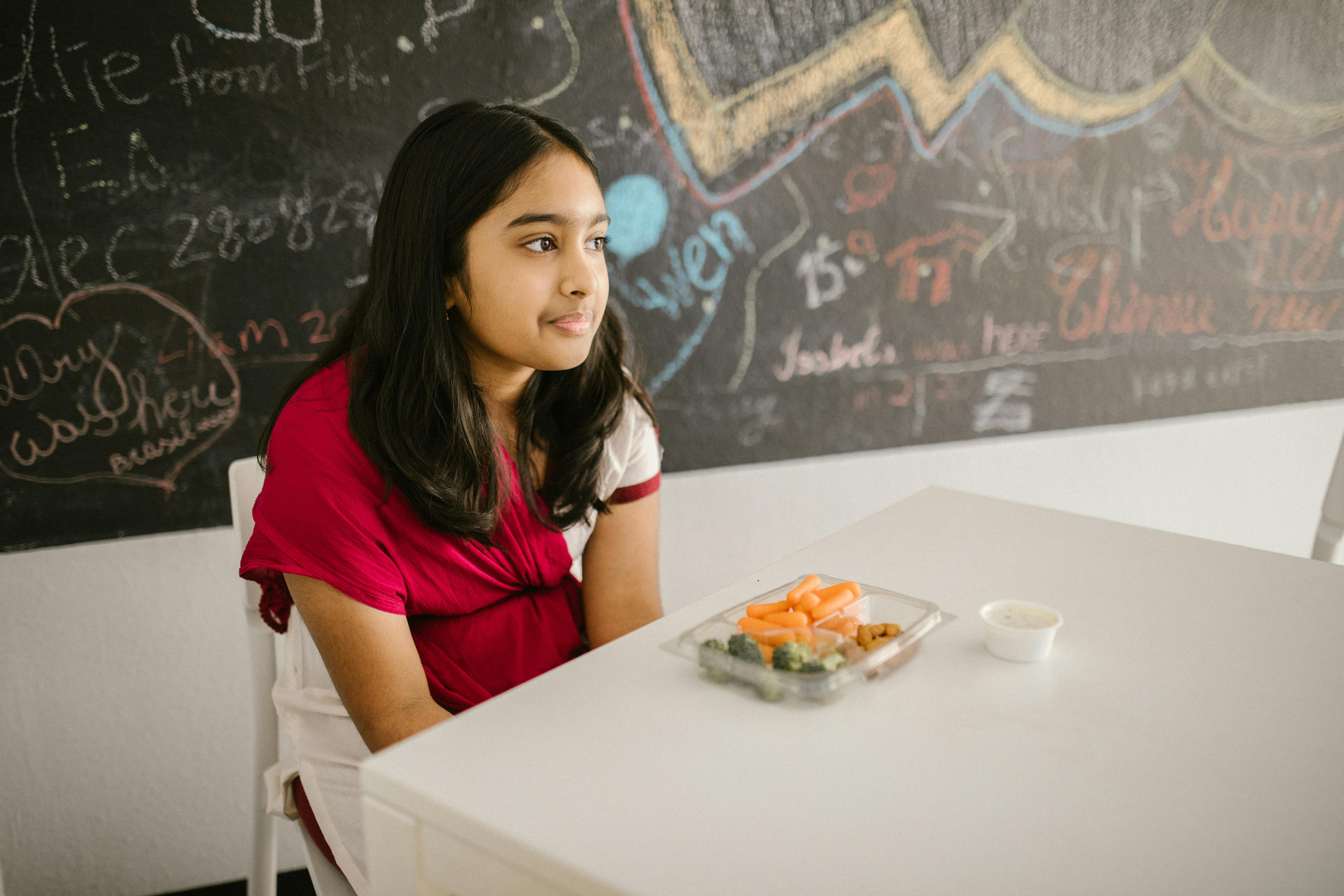
Varicose veins or spider veins (due to the shape of the veins around the affected area; veins around the affected area come in groups) are usually found near the outer layer of the skin and can actually be seen . Varicose veins vary in size, they can be quite small or very large.
The exact cause of varicose veins is not known, not even by doctors! What is known, however, is that the valves that circulate blood through spider veins are not working properly, causing blood to clot in areas of the veins.
Some studies suggest that spider veins may be veins that are naturally weak and could be easily inherited. Some other causes of varicose veins include: standing for long periods of time, obesity, age-related (they can become more visible as people age), and during pregnancy. Rarely, spider veins can be a symptom of tumors in the pelvis. Therefore, when you notice it, it is best to see your doctor for proper diagnosis and treatment.
It is not possible to completely cure varicose veins, but it can be successfully treated. Treatment of varicose veins focuses on relieving the pain that accompanies it and managing the many complications. One can use sclerotherapy to treat varicose veins. Sclerotherapy is a medical procedure that involves injecting a saline solution into a vein. This procedure causes the vein to collapse, allowing blood to flow into the non-varicose veins. Another method of treatment is the use of light compression stockings to relieve pain. You can also avoid sitting cross-legged and avoid standing in one position for long periods. There are some extreme cases where surgery is required to treat varicose veins. Also, regular exercise and weight loss can help treat varicose veins.
It is very important that you choose the type of food you eat carefully so that you do not aggravate spider veins or put yourself at risk of developing them. Diet plays an important role in this regard, which is why I have listed below ten foods that you should avoid if you suffer from varicose veins.
REFINED FLOURS AND GRAINS
Fiber is very important in the formation of the vein wall and vital for the proper circulation of blood in the body. This is simply because fiber prevents constipation and blood clots. Grains (which are unrefined) are generally believed to be good for varicose veins. However, refined grains have most of their fiber content removed. Foods such as refined pasta, white rice, and other foods made with white should be avoided.
SUGAR
Processed grains behave exactly like sugar in your bloodstream. So it’s no surprise that refined sugar is listed as one of the foods to avoid. High consumption of refined sugar not only leads to obesity (which is one of the causes of varicose veins), but can also lead to other health complications. Refined sugar is also low in fiber, which can lead to constipation.
FOODS HIGH IN SODIUM
Excess sodium intake can lead to increased water retention in the body. This is because the body retains more water in order to reduce the sodium content in the cells, which eventually increases the amount of blood flowing through the veins. The effect of this is to add pressure to the veins and valves, weakening the vein walls and contributing to the formation of varicose veins.
ALCOHOL
Excessive alcohol consumption can lead to the release of high levels of insulin just like high carbohydrate foods and high sugar foods. Excessive alcohol consumption can also lead to vein disorder. When the insulin level in the body is high, the body can no longer get rid of sodium, which causes an increase in water in the body. Alcohol can also affect the way the body circulates blood by attacking the liver’s ability to properly remove toxins and waste from the blood. This makes the blood thicker than normal and more viscous, further weakening the veins in the legs.
SALTY FOODS
Salty foods or foods that contain too much salt can make varicose veins worse.
GREEN VEGETABLES
Vitamin K is known to coagulate the blood. However, when there is too much vitamin K in the body, it thickens the blood and makes it difficult for blood to circulate to the leg and other parts of the body. Some of these green vegetables to avoid include kale, spinach, collards, and cauliflower.
Since obesity is one of the main causes of varicose veins, the following foods should be avoided if you want to lose weight and prevent varicose veins:
SOY SAUCE
To ensure a healthy vascular system, it is very important to keep potassium levels high and sodium levels low. Therefore, to avoid high sodium levels, you should limit your intake of soy sauce or eliminate it completely from your diet.
WHOLE MILK
Weight gain can also cause increased pressure in the veins of the lower legs and therefore increase the risk of varicose veins. You have to avoid gaining weight, fill your plate with nutritious and colorful foods, and maintain a reasonable daily calorie count. To avoid or prevent weight gain, you should stay away from full-fat dairy foods.
Other includes:
TROPICAL FRUITS
FRUIT JUICE